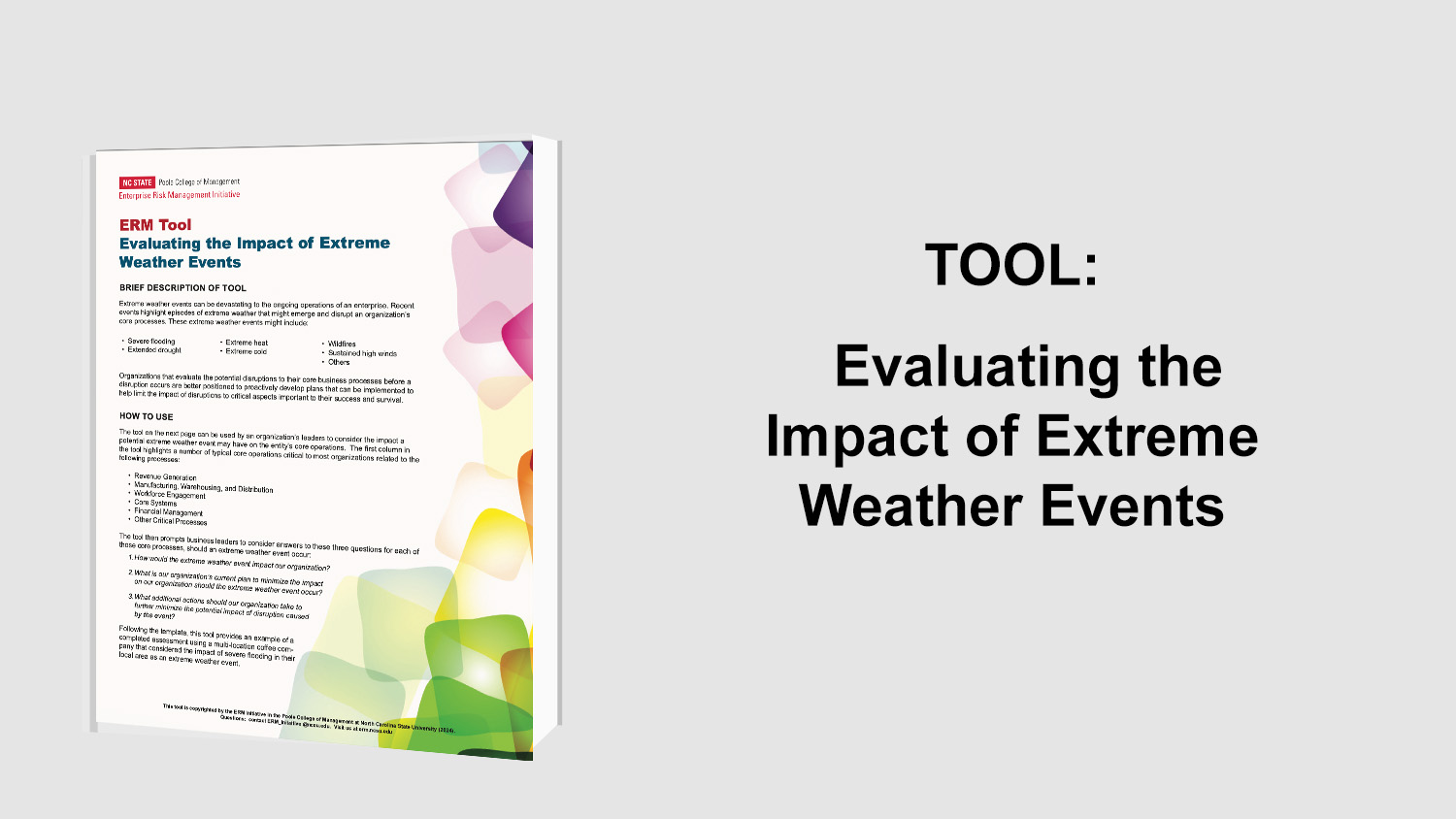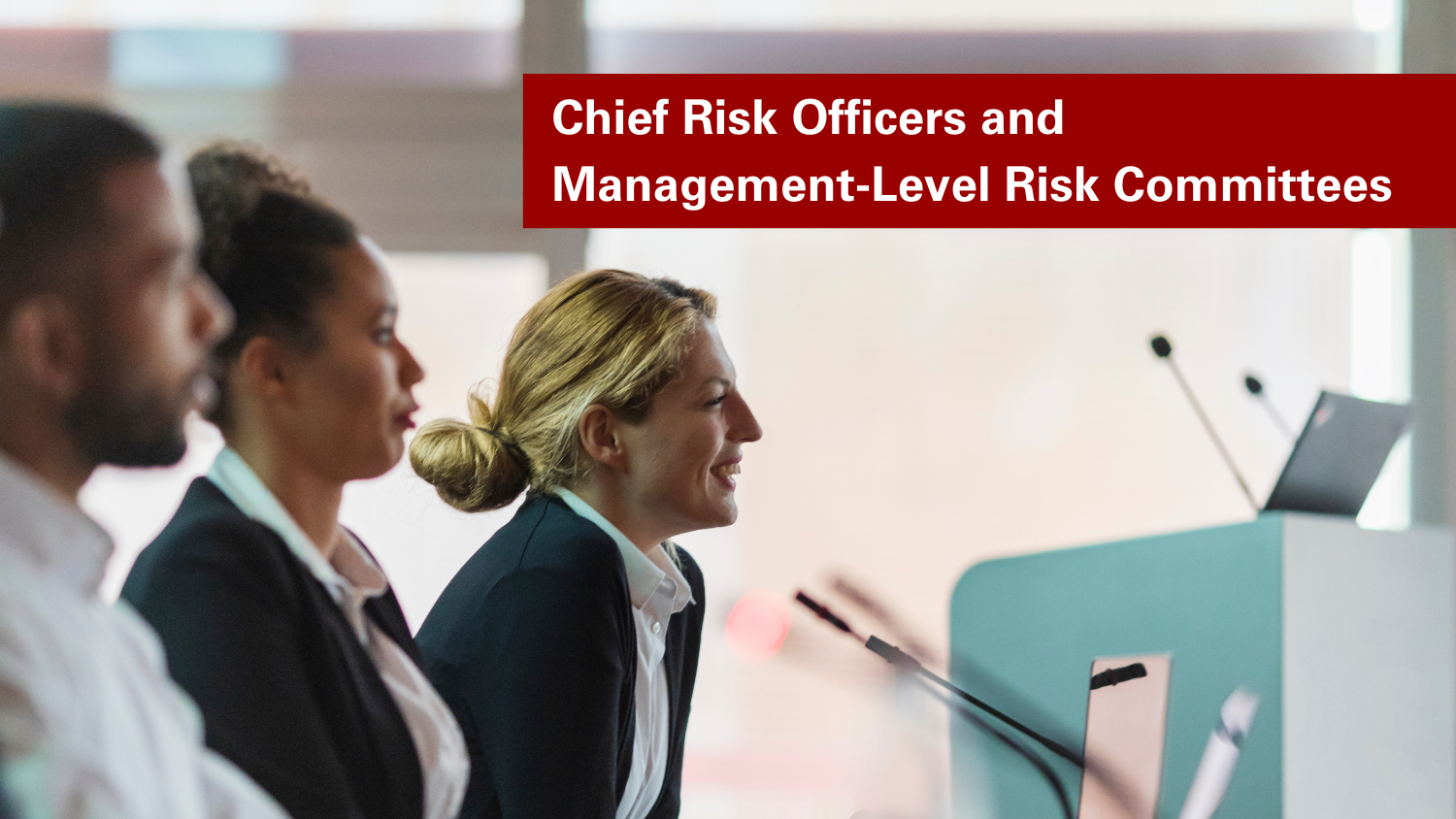Casualty Actuarial Society’s Overview of Enterprise Risk Management
The Casualty Actuarial Society created a thought paper, Overview of Enterprise Risk Management to provide an overview of key fundamentals of enterprise risk management and to outline their initial ERM framework. This might be a helpful overview of fundamental ERM concepts for professionals who are new in ERM roles.
Understanding ERM and Its Evolution
Enterprise Risk Management (ERM) has emerged as a crucial discipline in modern business, driven by both internal pressures (such as competitive advantage) and external forces (such as corporate governance requirements). ERM provides a comprehensive framework for identifying, assessing, and managing risks across an organization, positioning risk as both a threat and an opportunity for value creation.
This document, developed for members of the Casualty Actuarial Society (CAS) and other risk management professionals, outlines the evolution, framework, methodologies, and practical applications of ERM across various industries.
ERM as a Value-Creating Discipline
ERM extends beyond traditional hazard risks—which casualty actuaries typically handle—to encompass financial, operational, and strategic risks. The conceptual framework of ERM includes:
- Categories of risk: A broad classification of risks organizations face.
- Risk management processes: Strategies for mitigating and leveraging risks to drive business success.
The document emphasizes how actuarial skills align well with ERM, offering actuaries opportunities beyond the insurance industry into leadership roles in other sectors.
ERM Tools and Techniques
To establish a common understanding, the document introduces ERM terminology and key methodologies:
- Measures and models: Dynamic Financial Analysis (DFA) and alternative risk quantification approaches.
- Decision-making support: Applications of ERM tools to improve corporate performance management.
ERM’s integration with corporate strategy is evident in how organizations use these tools to align risk oversight with growth, return on investment, and business consistency.
ERM in Practice: Case Studies and Implementation
The practical application of ERM is explored through:
- Case studies from multiple industries, demonstrating how organizations structure ERM programs.
- Implementation strategies, highlighting challenges and best practices for embedding ERM into corporate governance.
These insights help businesses navigate risk complexity, ensuring a structured approach to risk mitigation and opportunity maximization.
The Role of ERM in Modern Business Strategy
ERM is not just a risk mitigation tool—it is a big-picture framework that unifies actuarial science and risk management into an integrated, value-driven approach. Key takeaways include:
- ERM enhances business growth, return, and value creation.
- Organizations view risk as a strategic enabler, not just a threat.
- ERM links actuarial theory with business fundamentals, making it an essential skill set in today’s global economy.
Conclusion: Why ERM Matters
As businesses navigate increasing uncertainties, enterprise risk management serves as a guiding discipline that aligns risk assessment with strategic decision-making. ERM’s growing adoption across industries underscores its role as a modern management discipline, essential for professionals in risk assessment, actuarial science, and corporate governance.
Original Article Source: “Overview of Enterprise Risk Management”, Casualty Actuarial Society, May 2003
- Categories:
- Types:


